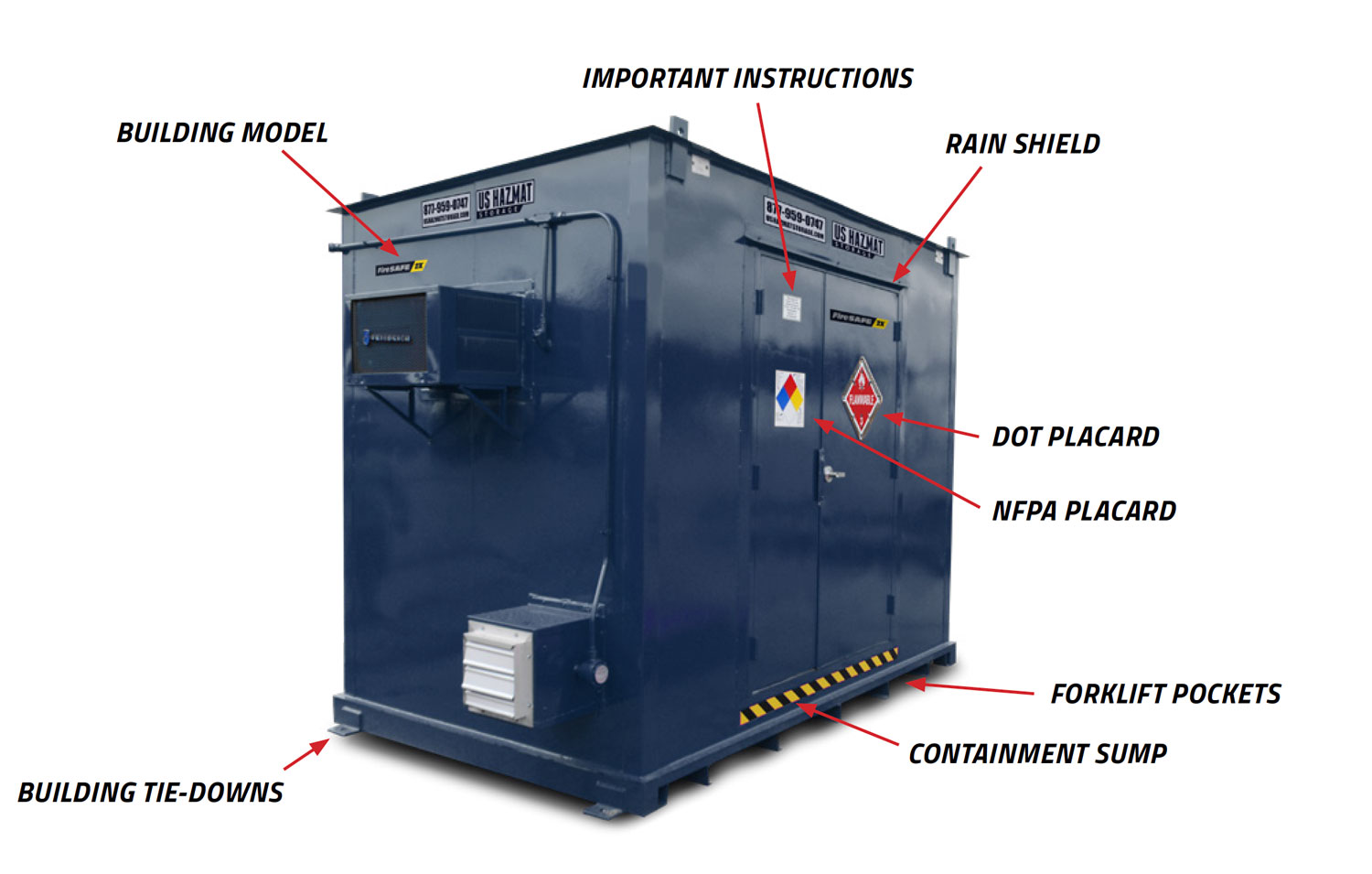Proper chemical storage is synonymous with common sense. Certain hazardous materials shouldn’t be stored in proximity to other dangerous chemicals. You shouldn’t store dangerous chemicals above eye-level and safety engineers should never overcrowd shelves. Flammable materials should also never be stored with other reactive chemicals. As you can see, following well-thought out guidelines isn’t esoteric knowledge either. After all, understanding and appreciating the volatility and incompatibility of different classes of hazardous materials is key to avoiding catastrophe, as well as hefty civil penalties. When in doubt, you should always consult chemical storage experts.
How Do You Store Chemicals?
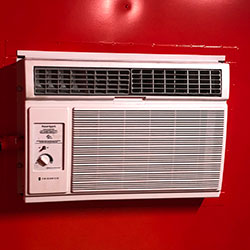
Chemical storage is unlike any other type of product management and inventory. Hazardous materials demand your respect and consideration in regards to proper storage. All chemicals should be stored in appropriate storage containers, such as drum barrels, totes, and IBC containers. To avoid potential mishaps, project managers should correctly label and chemical containers and store that in inventory in proximity to compatible materials. Compartmentalization is key when it comes to proper chemical storage. For example, flammable liquids should be stored in steel-gauge storage cabinets that are approved for this type of storage. U.S. Hazmat Storage’s four-hour fire rated storage lockers can be outfitted with steel partitioned walls to allow for the compliant, secure, yet separate storage of various classes of hazardous materials. Mechanical ventilation and optional climate control features should be mandatory when storing volatile toxics or other high concentrations of compressed gases, such as carbon dioxide.
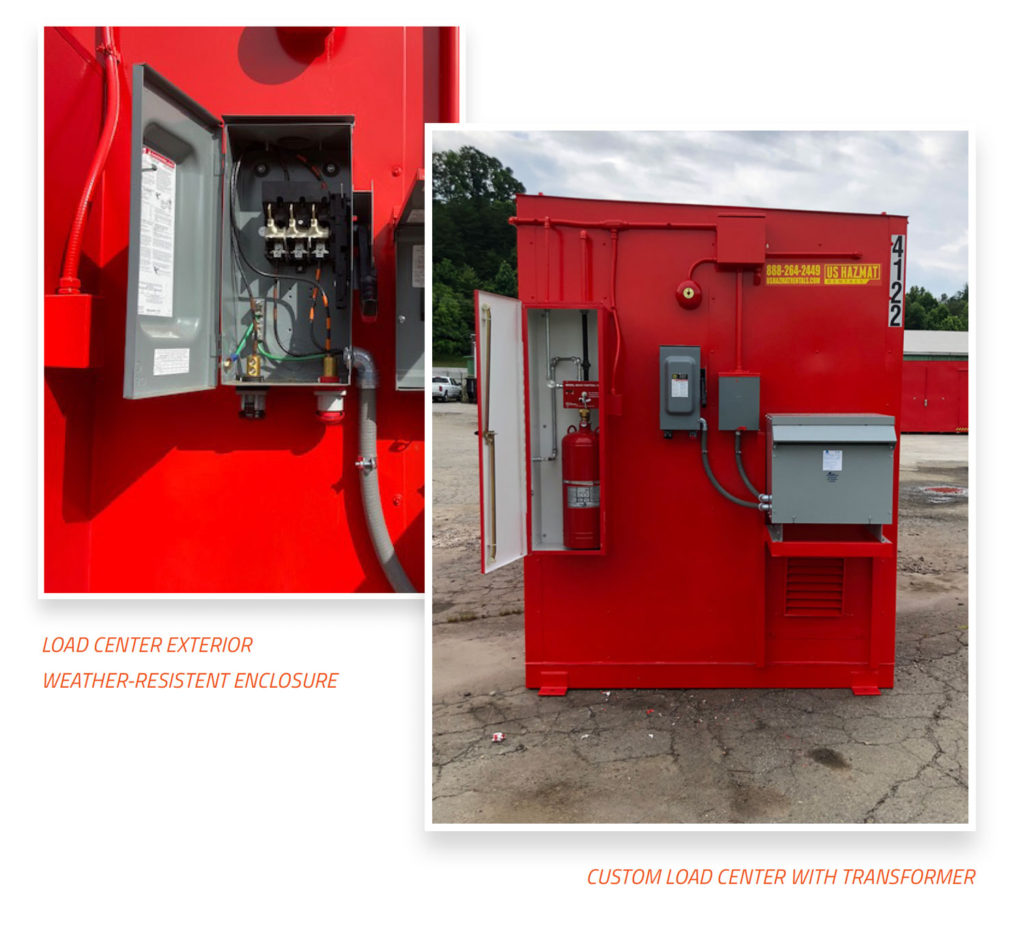
How Do You Organize Proper Chemical Storage?
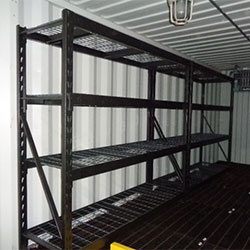
You should never store chemical groups that react negatively with other hazardous materials. Segregation is therefore paramount when it comes to proper chemical storage. As we mentioned before, compliant hazmat storage relies on a set of key organizational guidelines. While you might be tempted to store differing chemicals by alphabetical order or all liquid chemicals together, you should avoid these practices and instead store hazardous materials in their respected classification, away from incompatible chemicals. Also, avoid overcrowding storage lockers or “Tetrising” in chemical storage containers in an effort to save space. This will invariably result in disaster and a few unwelcomed visits from OSHA safety inspectors.
Why is Chemical Storage Important?
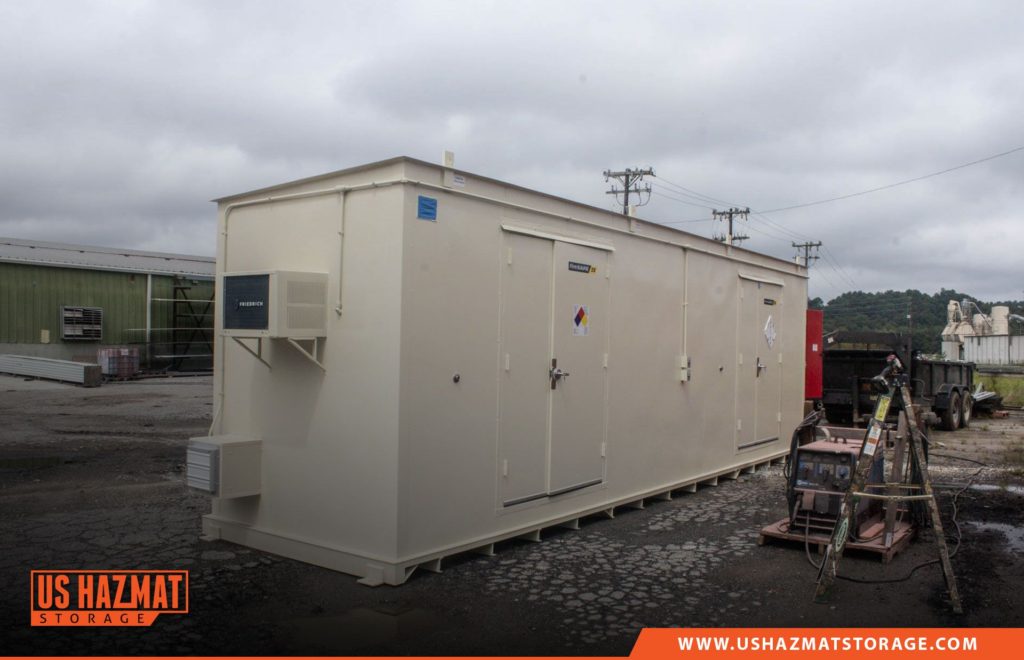
At best, roper chemical storage can be the difference between financial solvency and at worst, the difference between life and death. Even temporary distractions of slights in oversight can result in catastrophic fires, explosions and deadly inhalation. Countless project managers have made the unfortunate decision to save a few bucks and go with inferior protection to protect product lines. Instead, hefty fines from the EPA and OSHA have nearly bankrupt their once financially healthy operations. Don’t become another statistic of improper storage. By investing in a U.S. Hazmat Store locker of chemical storage cabinet, you are investing in superior protection that will last for years to come. At U.S. Hazmat Storage, we don’t just protect your employees and staff. We protect your company’s reputation as a leader in industry awareness while promoting your brand’s identity.


